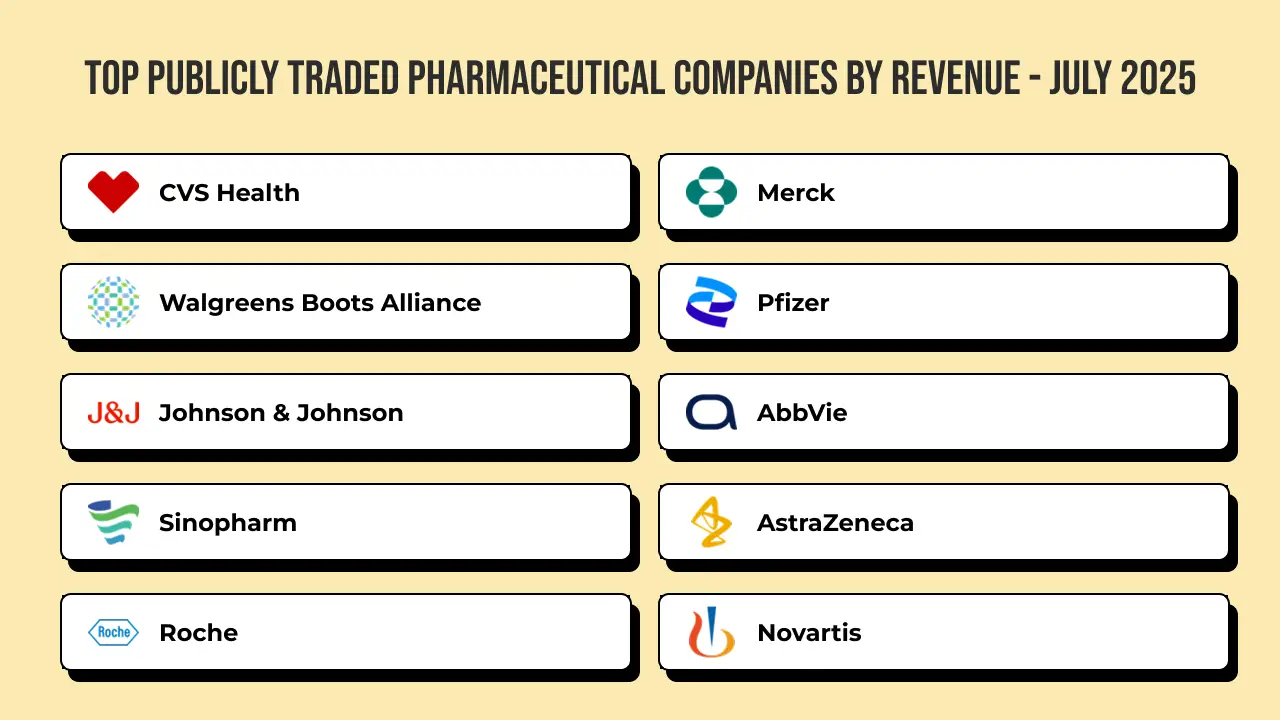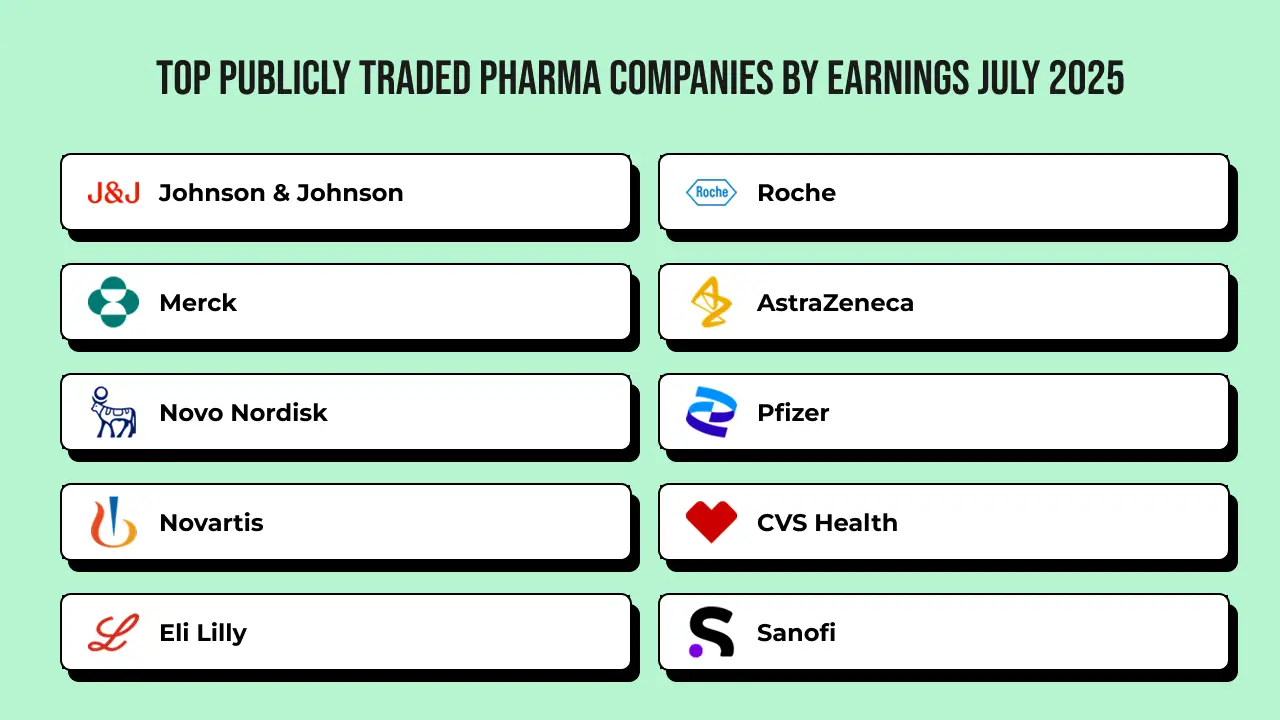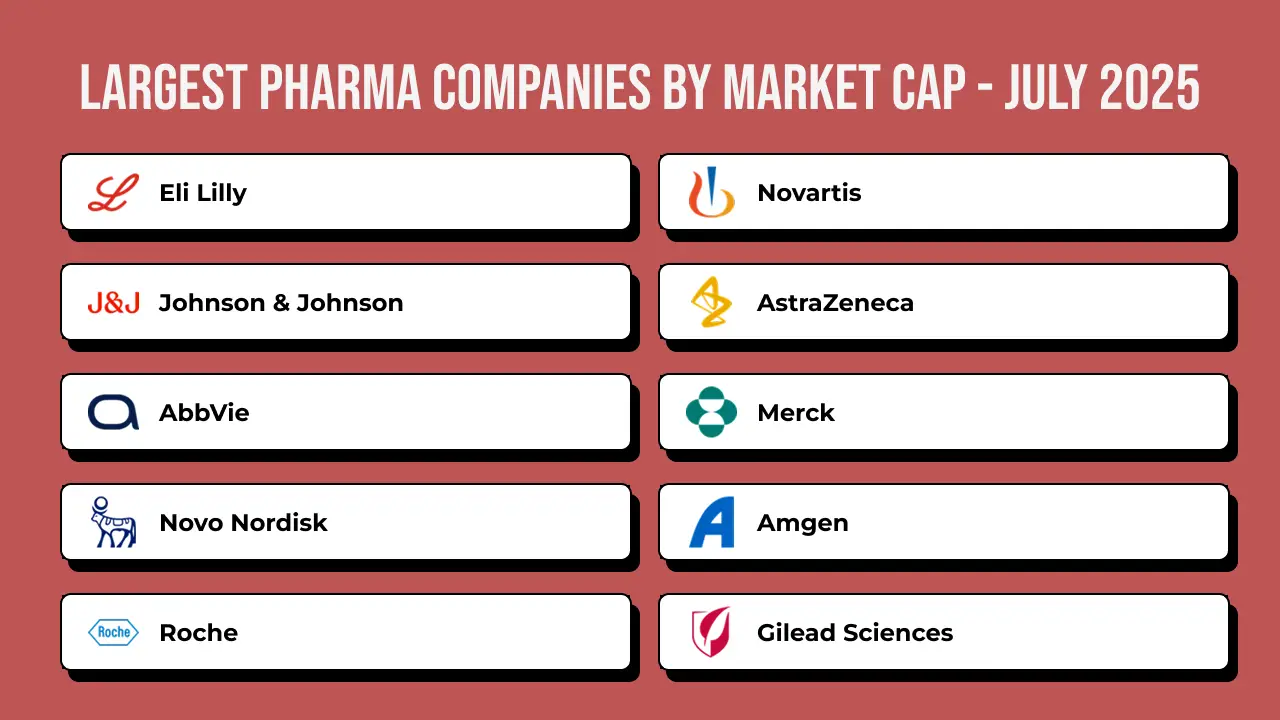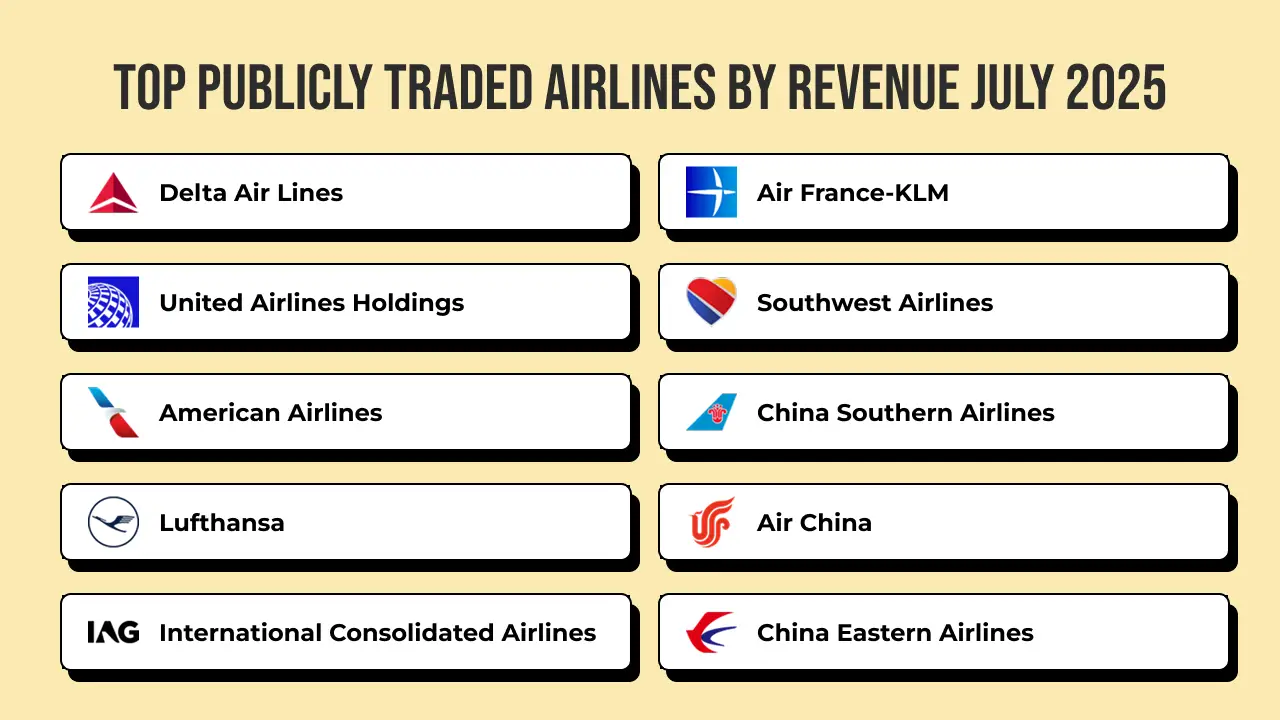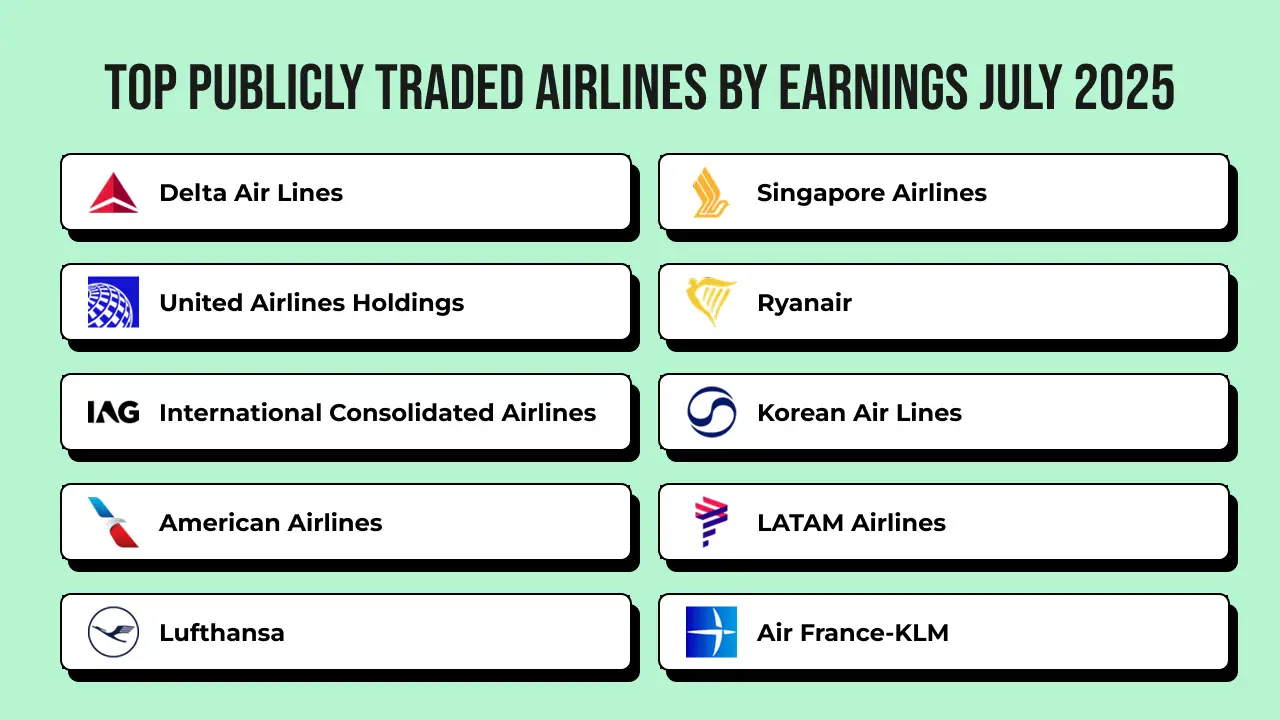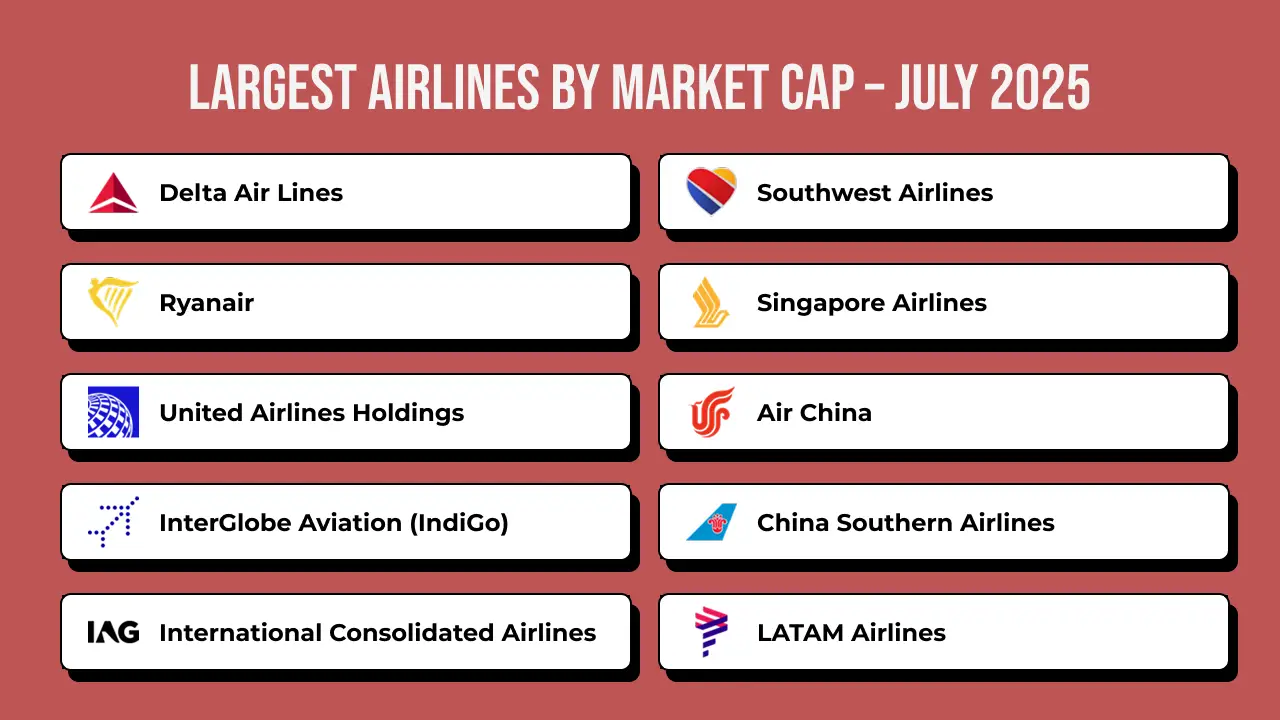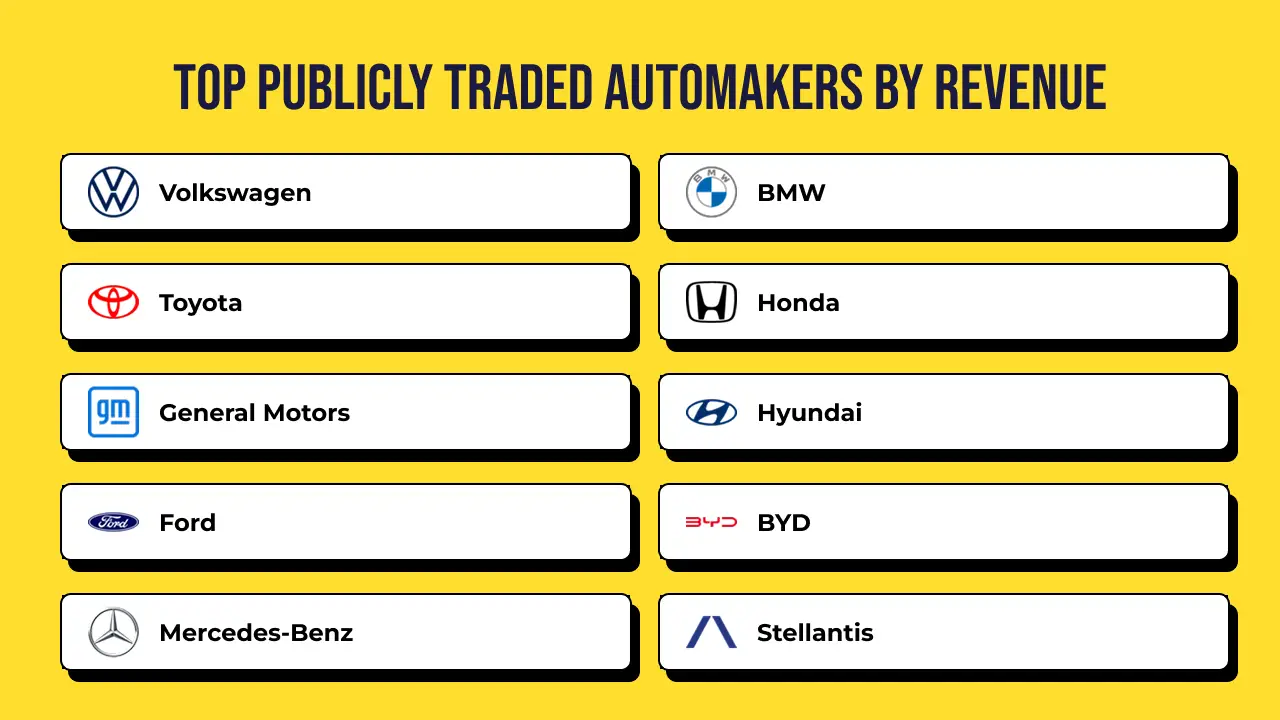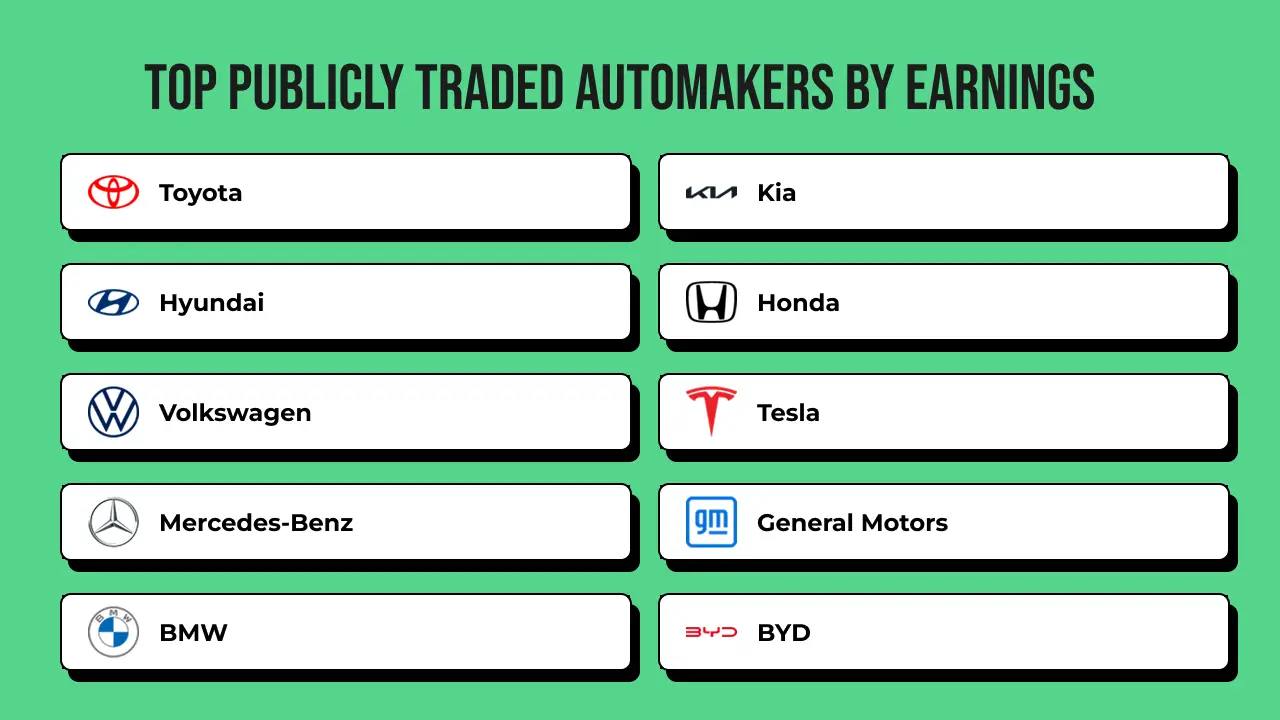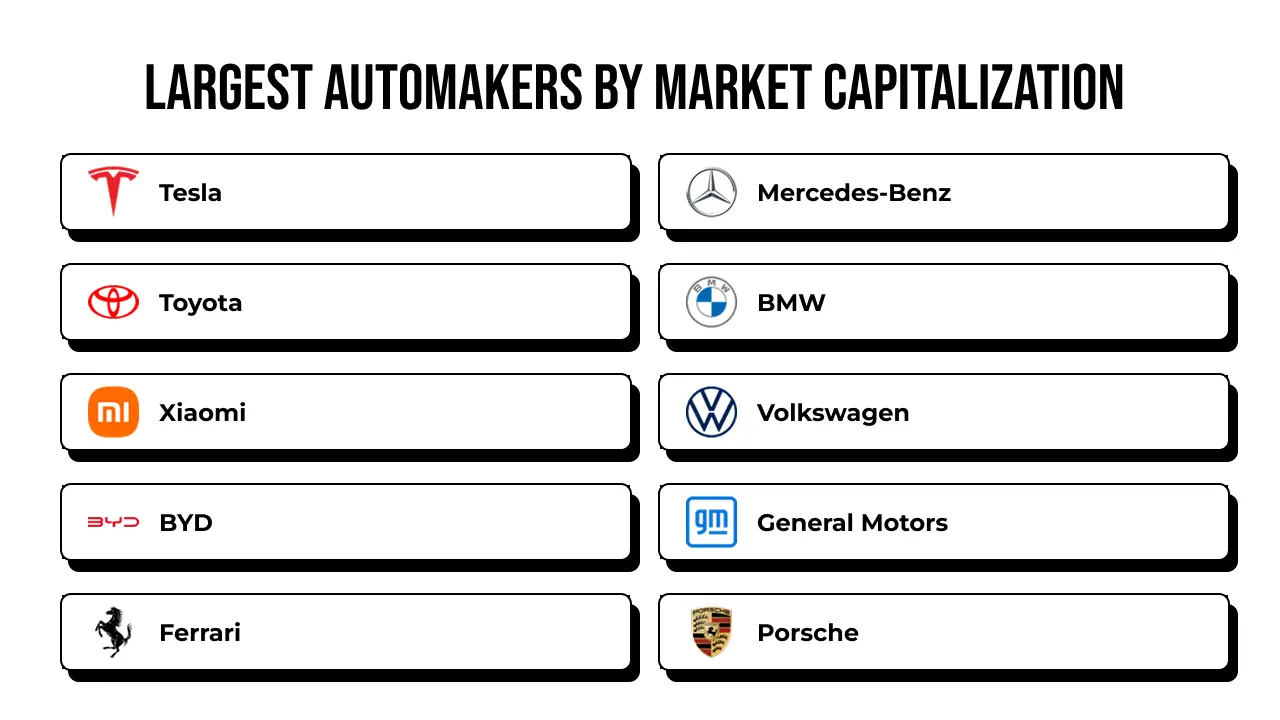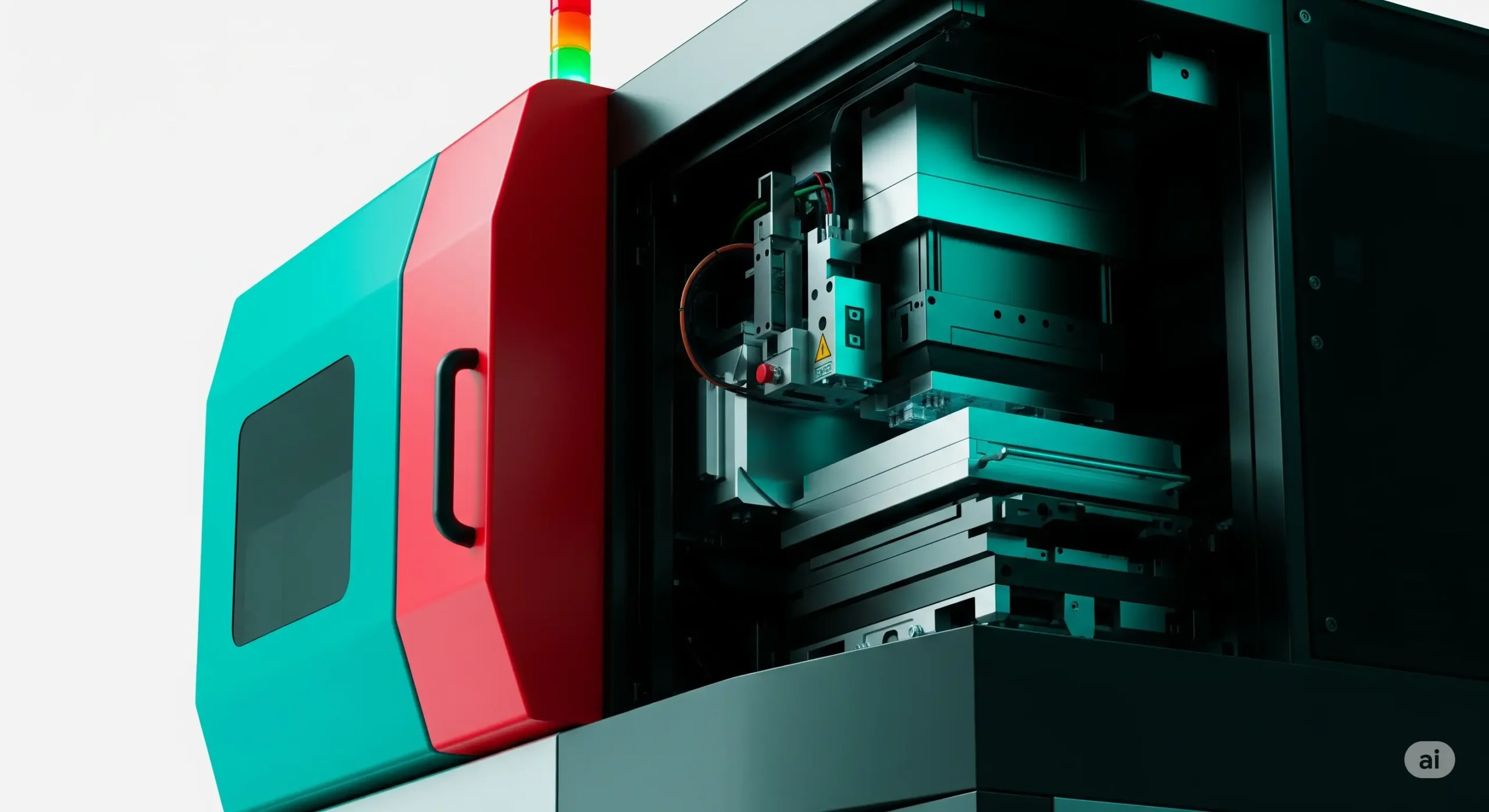I find the AI software development market fascinating, as it’s projected to grow from $136.6 billion in 2023 to an astounding $1.3 trillion by 2030, with a compound annual growth rate of 38.1%. This explosive growth is driven by increasing demand for automation, data-driven decision-making, and advanced technologies across industries. Businesses are investing heavily in AI to enhance efficiency, reduce costs, and unlock new opportunities. The market’s value reflects not only the development of AI software but also its integration into existing systems, creating a ripple effect across global economies. As I explore this space, it’s clear that the rapid adoption of AI tools by enterprises, coupled with advancements in computing power, is fueling this unprecedented expansion. The market’s trajectory suggests a transformative impact, reshaping how organizations operate and compete.
As I dive into the market’s segments, I notice that machine learning, natural language processing, computer vision, and expert systems dominate. Among these, machine learning holds the highest share, accounting for over 40% of the market due to its versatility in applications like predictive analytics and personalization. Natural language processing follows closely, driven by the rise of chatbots and virtual assistants. Computer vision is gaining traction in industries like healthcare and automotive, while expert systems remain niche but critical in specialized fields. Machine learning’s dominance stems from its ability to adapt to diverse use cases, from fraud detection to recommendation engines, making it the backbone of AI software development.
When I look at the key players, companies like Google, Microsoft, IBM, and Amazon stand out, with Google and Microsoft leading due to their robust cloud AI platforms and extensive R&D. Other notable names include NVIDIA, known for its AI hardware, and emerging players like OpenAI, pushing boundaries with generative AI. These companies drive innovation by offering scalable AI solutions, from development frameworks to pre-built models. The competitive landscape is dynamic, with tech giants investing billions to maintain their edge, while startups challenge them with specialized offerings.
Geographically, I see the United States leading the AI software development market, contributing over 35% of global revenue, thanks to its tech hubs and heavy R&D investments. China follows, with rapid AI adoption in manufacturing and surveillance. Europe, particularly Germany and the UK, is also significant, focusing on AI in automotive and healthcare. Emerging markets like India are catching up, leveraging their IT expertise and growing startup ecosystems. The U.S. and China’s dominance is rooted in their access to capital, talent, and government support, creating a global race to lead AI innovation.
The latest innovations captivate me, especially the rise of generative AI models like those powering text and image creation. Trends like low-code AI platforms, AI ethics frameworks, and edge AI for real-time processing are shaping the future. These advancements make AI more accessible, responsible, and efficient, ensuring its integration into everyday life. As I reflect on these developments, the market’s potential feels limitless, with innovation driving its next phase.


